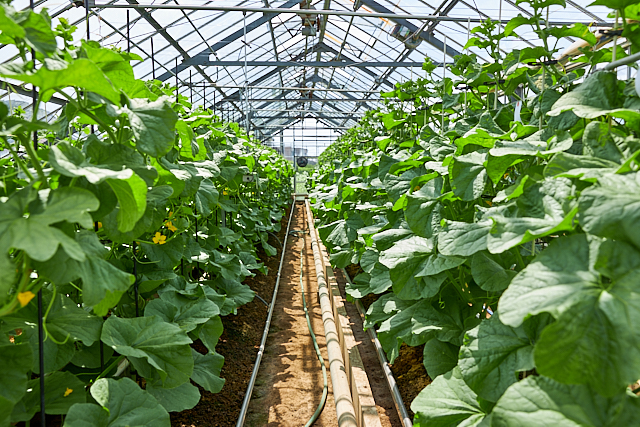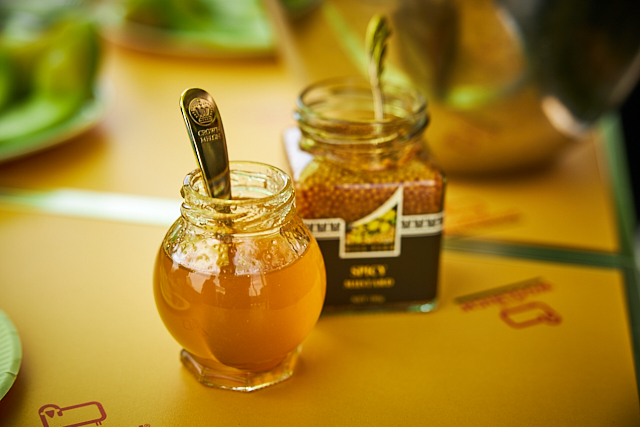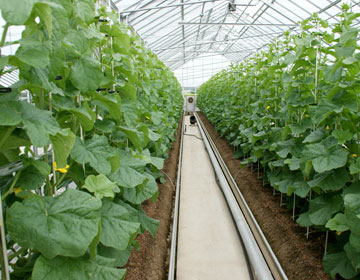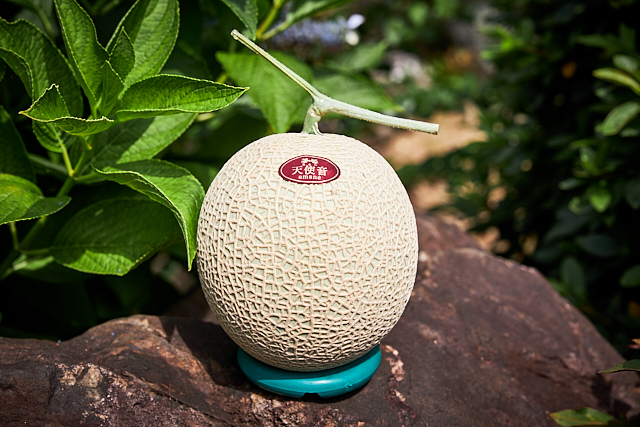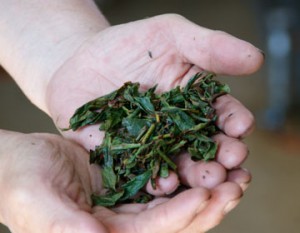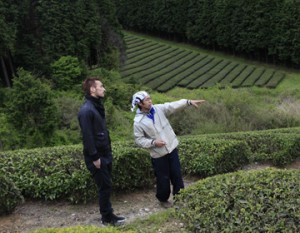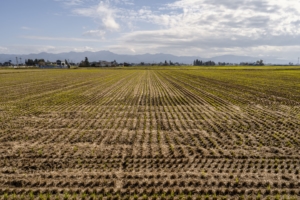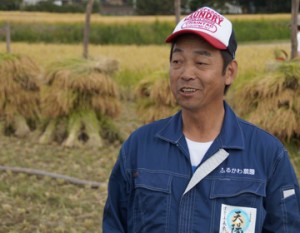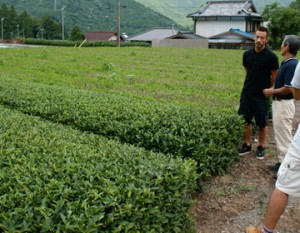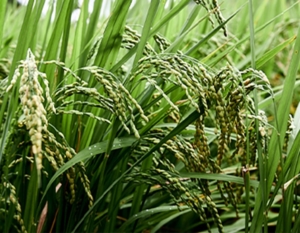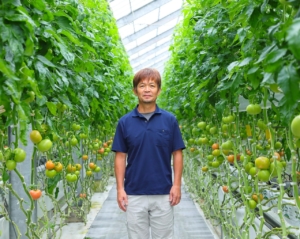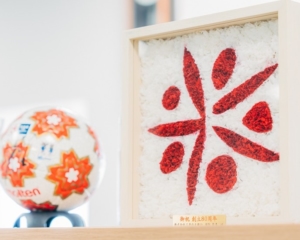“Tenshion Muskmelon” that focuses on taste, not size.
Shizuoka Prefecture began growing greenhouse melons at the end of the Taisho period (1912-1926) and is now the largest producer in Japan. The muskmelon, a representative luxury fruit, is sold at a high price of over 10,000 yen per piece, and has been highly popular as a standard dessert in high-end restaurants. One such melon that has been gaining popularity in Shizuoka in recent years is the “Amane muskmelon” produced by Hinon Agriculture Corporation of Hamamatsu City.
In fact, recent melon cultivation techniques have focused more on producing large fruit than on taste and quality. To achieve this, they use growth stimulants and other methods, but they have not become more popular, and the number of growers is decreasing rapidly. Thinking about the future of agriculture, I wanted to go back to basics and focus on safety and taste, even if it is small, and developed the ‘Tenshion Muskmelon.
The basis for the development was the existence of the muskmelon, which was called the “cream melon. The “Hero of Lockinge” was a white-fleshed melon of English origin whose mother was the “Hero of Lockinge,” and its taste and aroma were outstanding, but it was difficult to cultivate and the fruit was small, so it was forgotten. According to a document, the “Hero of Lockinge” was a seed that Her Imperial Highness Princess Chichibu, who was visiting England to attend the coronation of Queen Elizabeth II, ordered her attendants to bring it back. Using this information, we were able to locate the preserved “Hero of Rockingji” seed and develop it. This seed was combined with a green-fleshed seed (ars fabolit) and improved repeatedly, and the result was the modern cream melon “Tenshion Muskmelon.

Muskmelon ordered by fine restaurants
Seeing is believing. President Kageyama inserts a knife into a Tenshion melon. Despite being outdoors, the melon’s sweet aroma spreads, stimulating one’s appetite. It is true that the melon is a bit small, but when you try it, the gentle sweetness fills your mouth and brings a smile to your face. It is easy to understand why many of the nation’s finest restaurants order them.
The melon has a rich flavor that is different from the melons we usually eat,” said Nakata.
That’s because Hinon Agricultural Co., Ltd. uses a “double ripening” method in its greenhouses, in which the melons are ripened on the tree, as is usually done in Japan. The company has obtained a patent for its “Double Ripening Harvest Technology. This technique stresses the fruit with moisture and condenses the rich flavor and aroma into the pulp. This technique increases the sugar content by more than 1 degree higher than the normal harvesting method, and the aroma content is dozens of times higher than that of greenhouse melons. As we toured the greenhouse and listened to explanations of the different stages of growth, we understood the amount of time, effort, and technology that goes into these melons, from watering to temperature control, and even how to determine ripeness. The ultimate melon, which not only has sweetness, but also “flavor,” “richness,” and “aroma,” is a gem created by Japanese craftsmanship.
